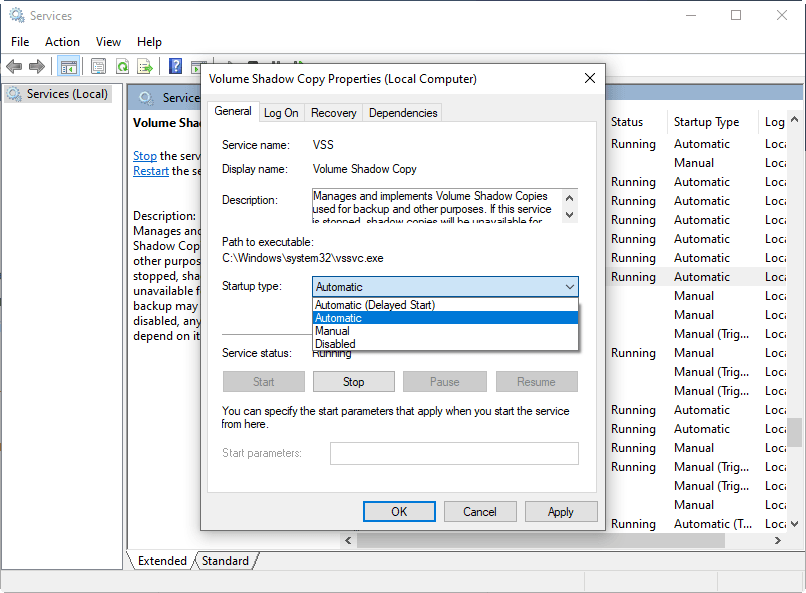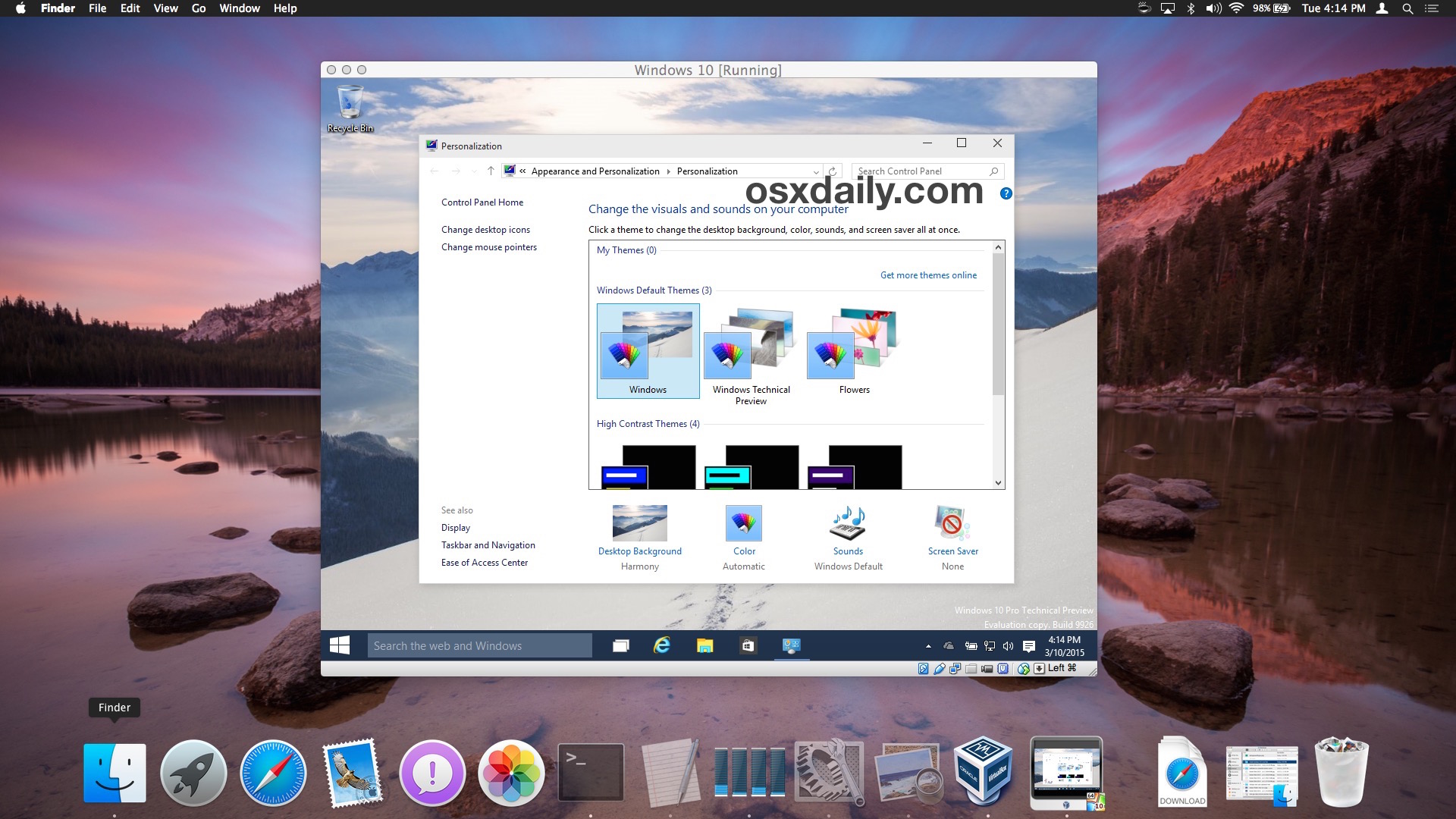

Usb backup windows 8 Offline#
To give you an idea of how these settings work, I’ll show each of the options here.įor backup interval, you can pick from the following values:įor offline cache size (local File History cache that’s used when target device is not present), you have the following options:įinally, you can specify options for file retention that are evaluated if/when your target storage device fills up: There are two places to work with the Advanced Settings, the first is the File History Advanced Settings dialog: Which folders in your libraries are excluded from backup.How much space is used locally to cache backup versions of your files when the target backup device is disconnected.How frequently files are checked and backed up.I don’t even have to think about it, all of the device management and scheduling is handled by File History in Windows 8.īut what about power users? If you are like me, you have some data that might not be practical or necessary to create history for (such as video file collections and music libraries.) Or, what if you need to have File History store versions of files on a frequent basis? This is where the flexibility of File History shines.įile History allows you to fine tune how it works including: This includes “pausing” and “resuming” backups when the system is turned on/off, hibernated/resumed, or when the target storage device is connected/disconnected. If I’m using a mobile system like a tablet or laptop, some of the advanced File History features will kick in. My libraries, desktop, contacts, and favorites were added to the backup listĪfter this setup process File History checks every hour to see if any of the files in these locations have changed, and backs up any files as needed.My Toshiba external hard drive was selected as the target storage device.It doesn’t get much easier than that! After this one-click configuration, the following happened automatically: In this example I have a single external hard drive, and decide to use the default settings. Once you have the File History Control Panel page open, configuring File History can be as simple as a one-click operation. Navigate to: “Control PanelSystem and SecurityFile History” in the Desktop Control Panel.From Start Screen, type “File History”, click on settings in right pane, click on File History icon.Here are two straight-forward ways to launch File History: To summarize: File History is easy to work with, flexible, secure, performs well, and cost effective.
Usb backup windows 8 windows 8#
Since Windows 8 supports UAS 3.0 and USB 3.0, you can experience great performance with File History at an economical price. You can protect your backed up files with BitLocker, backup from a Storage Space, backup to a Storage Space, and more. File history works with inexpensive attached or network storage, and requires minimal fuss to get working.įile history also supports many of the advanced storage features that are included in Windows 8.

File History automatically checks your files at the frequency that you select (the default is every hour), and automatically makes backup copies when file changes are detected. You can add folders to your libraries easily in Windows 8, giving you the ability to use File History with any group of folders and files that you choose. You can easily configure File History to protect some or all of the files that are in your libraries on Windows 8. This means you can have more confidence when working with files, and also keep less redundant copies around for your own personal “data history”. File history in Windows 8 is easy to setup, powerful, and reliable. In addition to being a backup solution, File History also provides the capability to restore multiple backup copies (versions) of your files. In most cases data loss is preventable, but many of the “traditional” options for data protection can be costly and/or difficult to setup.įile History is a new feature in Windows 8 that helps to ensure that your personal files are safe. Regardless of how it happens, data loss is a huge bummer. It can be the result of user error, mechanical storage failure, or other issues. Chances are you’ve experienced the sinking feeling when you’ve lost personal data.


 0 kommentar(er)
0 kommentar(er)
